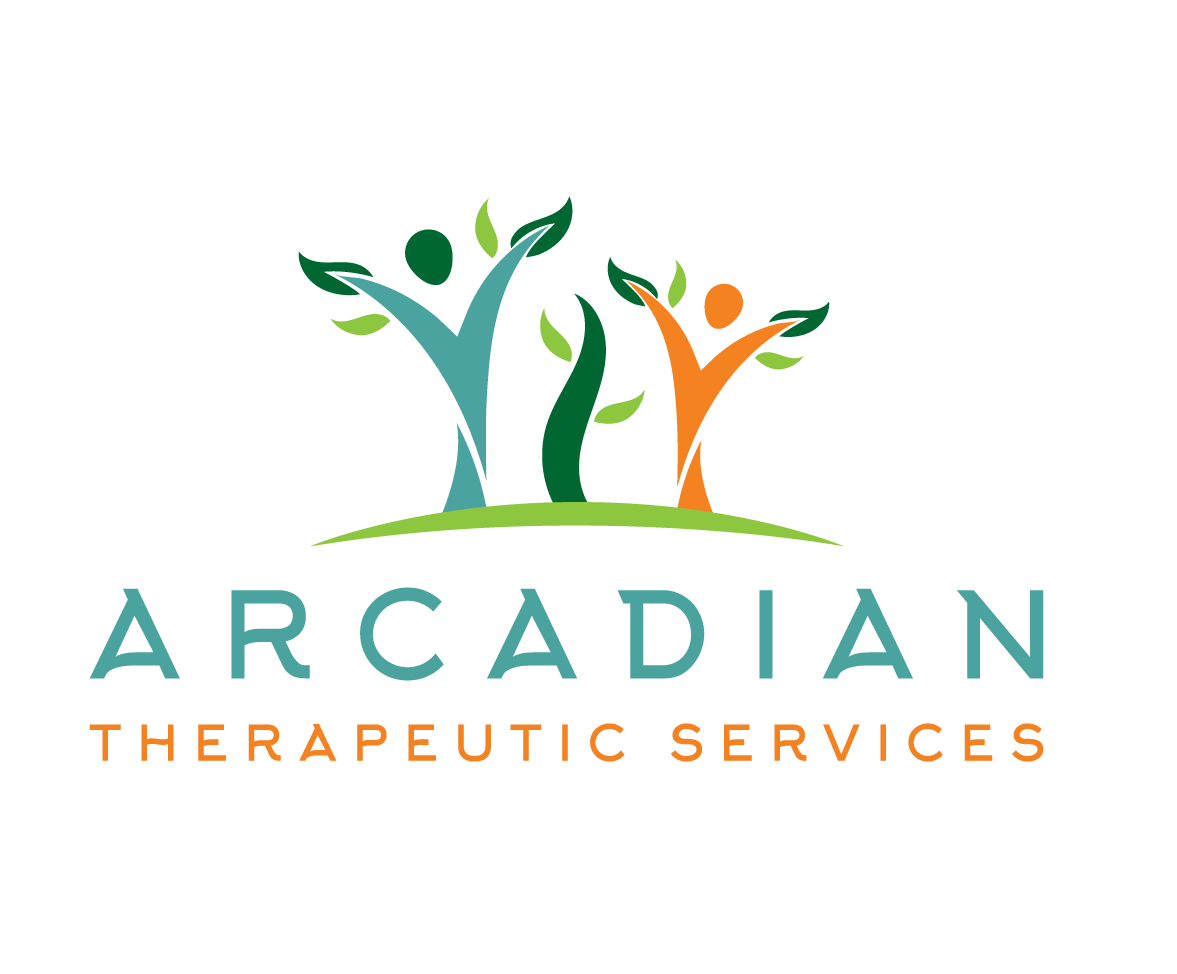Understanding ADHD
Have you ever started a new task without finishing an old one? Is it difficult for you to focus for an allotted amount of time? Sometimes life can seem to move a mile a minute and it’s hard to keep up, but for some, these experiences are frustrating and can be a result of having attention deficit hyperactivity disorder (ADHD).
Millions of children, teenagers, and adults struggle with ADHD, with many going undiagnosed with the assumption that being unorganized or having a difficult time listening are simply personality traits. Understanding whether or not you or your child has ADHD is the first step to managing life well with these symptoms.
Some common symptoms in children include:
Struggles with details
Has a short attention span
Seems unable to finish tasks or constantly changing tasks
Fidgets often
Has a hard time obeying the rules and listening
Appearing forgetful and losing things easily
Common symptoms in adults can be more challenging to pinpoint but can include:
Lack of attention to detail at work
Inability to focus or organize
Seems unable to finish tasks or constantly changing tasks
Interrupting others
Irritability, mood swings, quick to anger
Impatience
The DSM-5 characterizes ADHD as a persistent pattern of inattention or hyperactivity in a person's life, to the point where it affects their functioning and/or development. The symptoms must cause difficulty functioning within at least two areas of their life, such as school, work, social settings, and/or home. Individuals with ADHD usually have a few detailed tasks that captivate their attention, especially if they are particularly interested in them. Some can build legos for hours, while others can build video games from scratch. However, those skills do not translate into other areas of their lives.
Most often, these symptoms are evident within a child by the time they reach their 12th birthday. However, it can be diagnosed at any age. Understanding what is developmentally appropriate at each age level is important when looking at symptoms. A professional is always recommended for diagnosing any specific condition, but watching for symptoms can help you know when to seek help.
There are currently three different types of ADHD. The first subcategory of ADHD is the Inattentive Type. Despite its prevalence, this type is often overlooked. Children and adults with the Inattentive Type make careless mistakes during school or at work. They might have trouble maintaining attention when involved in developmentally appropriate tasks or activities. They may get sidetracked on instructions and become easily distracted. All in all, they have trouble keeping their focus and concentration steady.
Another type of ADHD is the Hyperactivity and Impulsivity Type. This type is characterized by excessive physical activity and making quick decisions to act on desires without rationally thinking them through. Often, people with the Hyperactivity and Impulsivity Type fidget or squirm in their seats. They can talk excessively and feel the need to be “on the go” physically. Individuals with this type of ADHD are often the most misunderstood as they can be judged for interrupting others and being loud during various activities.
The Combined Type is the final type of ADHD. Individuals with the Combined Type experience symptoms from both the Inattentive Type and the Hyperactivity and Impulsivity Type of ADHD. The majority of children with ADHD fit within this category. The good news is that ADHD is one of the most widely researched topics in childhood mental health, with many educational resources on ways to manage ADHD.
If you or your child have been experiencing some of these symptoms for more than six months, it may be time to ask a professional about ADHD. Both medication and therapy have proven consistently helpful to people with ADHD. If you are interested in learning more about ADHD for you or a loved one, schedule time with one of our counselors at Arcadian today.

